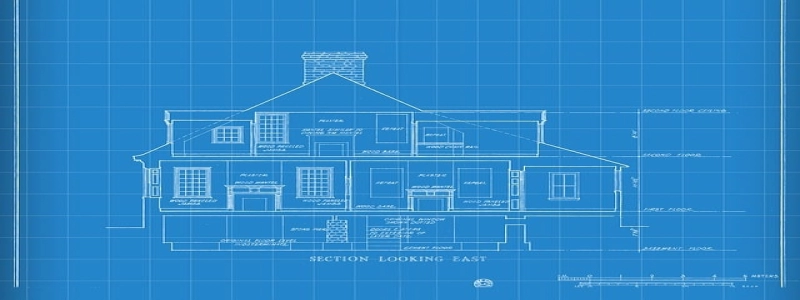Ethernet vs ADSL
Invoering
In today’s highly connected world, the need for reliable and high-speed internet connections has become essential. Two popular technologies that cater to this need are Ethernet and Asymmetric Digital Subscriber Line (ADSL). This article will compare and contrast the two technologies in terms of their capabilities, advantages, and limitations.
I. Ethernet
1.1 Definition and Functionality: Ethernet is a local area network (LAN) technology that allows for the transmission of data packets over copper or fiber-optic cables.
1.2 Snelheid en bandbreedte: Ethernet offers high-speed internet connections, with speeds ranging from 10 Mbps to 100 Gbps, depending on the specific technology used.
1.3 Advantages:
1.3.1 Faster Speed: Ethernet allows for faster data transmission, making it suitable for applications that require high bandwidth, such as video streaming and online gaming.
1.3.2 Reliability: Ethernet connections are generally more stable and less prone to interruptions compared to other technologies, ensuring a consistent internet experience.
1.3.3 Scalability: Ethernet networks can easily accommodate multiple devices, making it suitable for large homes or offices with multiple users.
1.4 Limitations:
1.4.1 Infrastructure Requirements: Ethernet requires the installation of physical cables, which may involve additional costs and time.
1.4.2 Limited Range: Ethernet connections are generally limited to a distance of 100 meters, making it less suitable for wide-area networks.
II. ADSL
2.1 Definition and Functionality: ADSL is a technology that allows for the transmission of data through existing copper telephone lines.
2.2 Snelheid en bandbreedte: ADSL offers varying speeds, with download speeds ranging from 1 Mbps to 24 Mbps and upload speeds ranging from 128 Kbps to 1 Mbps, depending on the distance from the service provider’s exchange.
2.3 Advantages:
2.3.1 Wide Availability: ADSL connections are widely available, as they utilize existing telephone infrastructure.
2.3.2 Affordability: ADSL is generally more cost-effective compared to Ethernet, making it an attractive option for home users.
2.3.3 Longer Range: ADSL connections can reach greater distances compared to Ethernet, making it suitable for wide-area networks in rural areas.
2.4 Limitations:
2.4.1 Asymmetrical Speed: ADSL offers faster download speeds compared to upload speeds. This limitation may impact applications that require substantial upload bandwidth, such as video conferencing or cloud storage.
2.4.2 Reliability: ADSL connections can be susceptible to fluctuations in line quality and may experience drops in connection speed during peak usage periods.
2.4.3 Limited Bandwidth: ADSL connections have limited bandwidth compared to Ethernet, making them sometimes unsuitable for bandwidth-intensive applications.
Conclusie
Ethernet and ADSL are both viable options for internet connectivity, each with their own advantages and limitations. Ethernet offers faster speeds, reliability, and scalability, making it suitable for applications that require high bandwidth and stable connections. On the other hand, ADSL is widely available, affordable, and offers longer-range capabilities, making it a good choice for home users and those in rural areas. Ultimately, the choice between Ethernet and ADSL will depend on individual requirements, budget, and geographical location.








